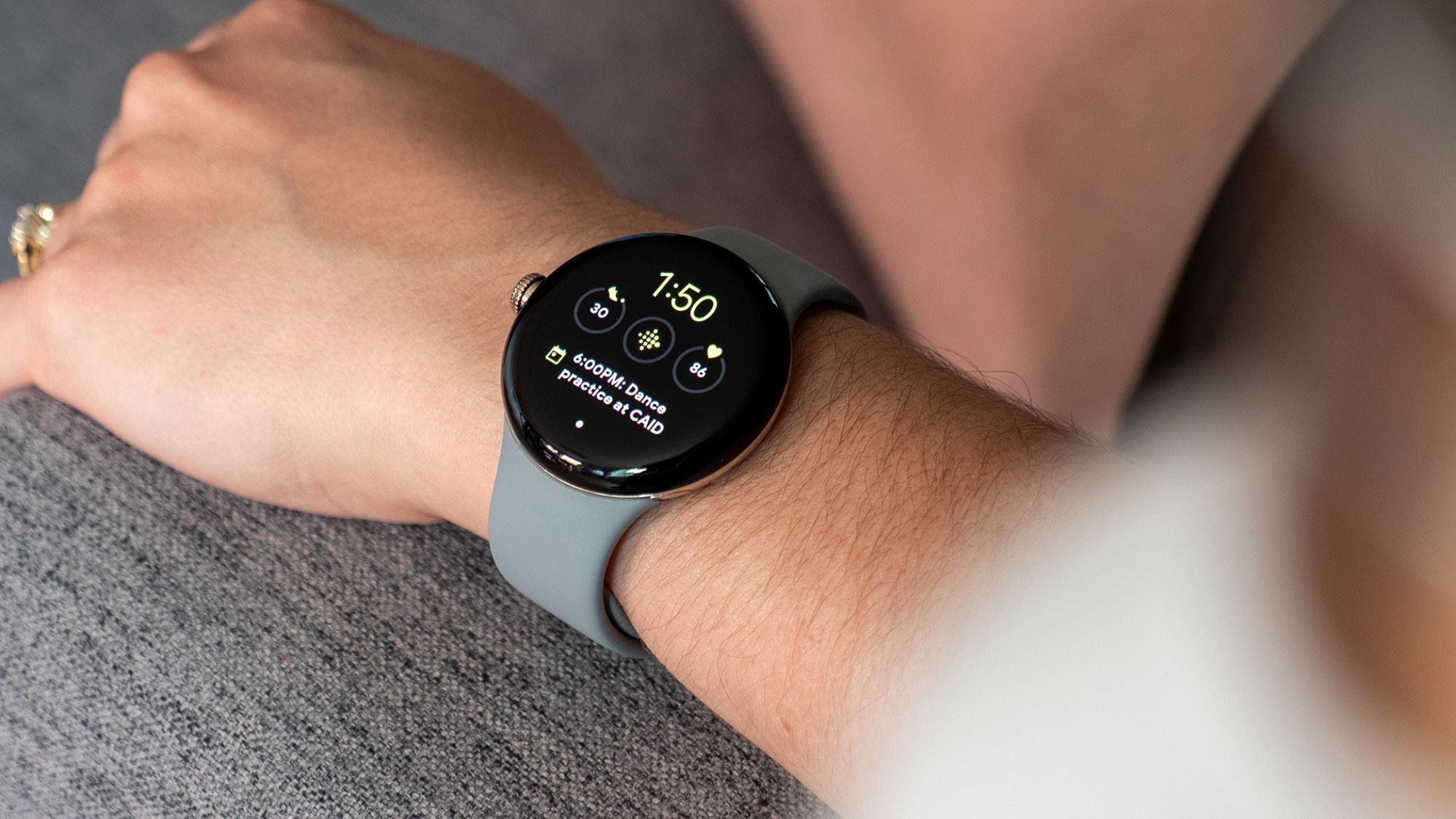RCS vs. SMS vs. iMessage: What's the difference?
We explain how RCS and iMessage compare and intersect now that iOS 18 supports both, and how SMS fits into the mix.
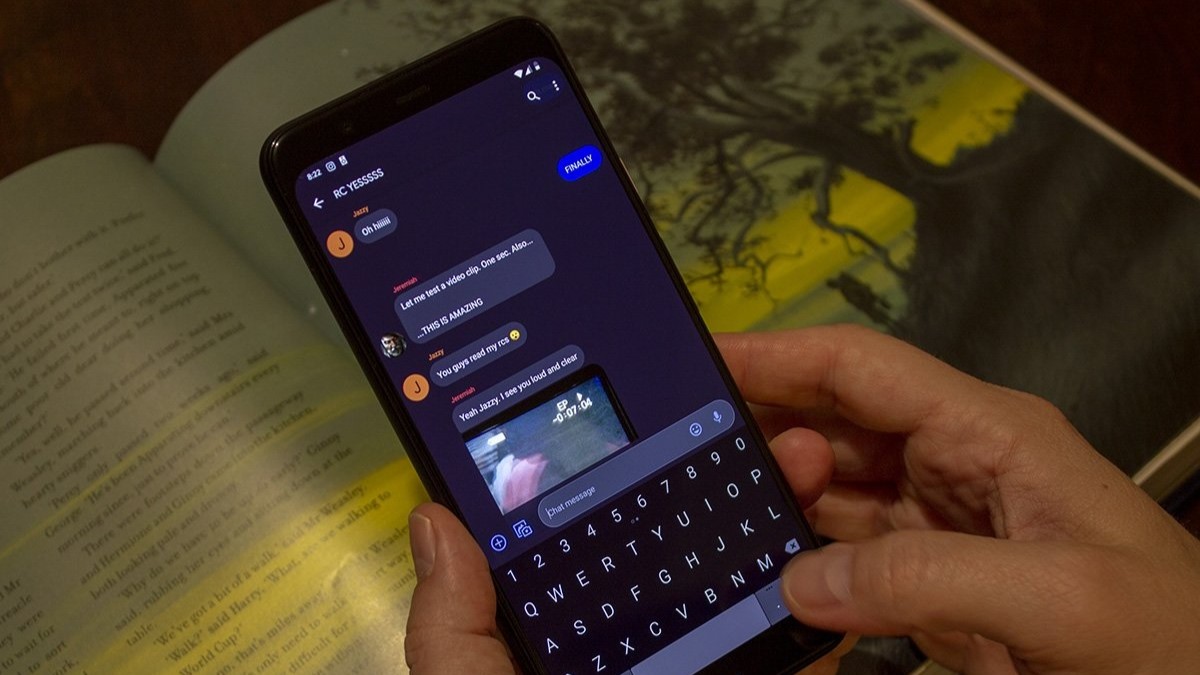
The RCS vs. SMS vs. iMessage texting wars have gone on for years, and those who didn't follow them closely may not understand the difference between these three popular messaging options. We're here to break things down and help you determine which you're currently using (or which you'd prefer).
RCS (Rich Communication Suite) and iMessage both share a focus on "rich" multimedia communication, without the limitations and lack of encryption inherent to the older Short Message Service (SMS).
While iMessage is designed to be insular and requires an Apple account, RCS is a standard meant to work across platforms and carriers; the only question is whether your messaging app of choice enables it, either optionally or by default.
Other messaging apps like Telegram, Signal, and Whatsapp exist, but they're not "default" apps or tools for phones the way RCS, iMessage, and SMS are. That's why we're focusing on these core three!
RCS: The texting upgrade that dragged SMS into this century
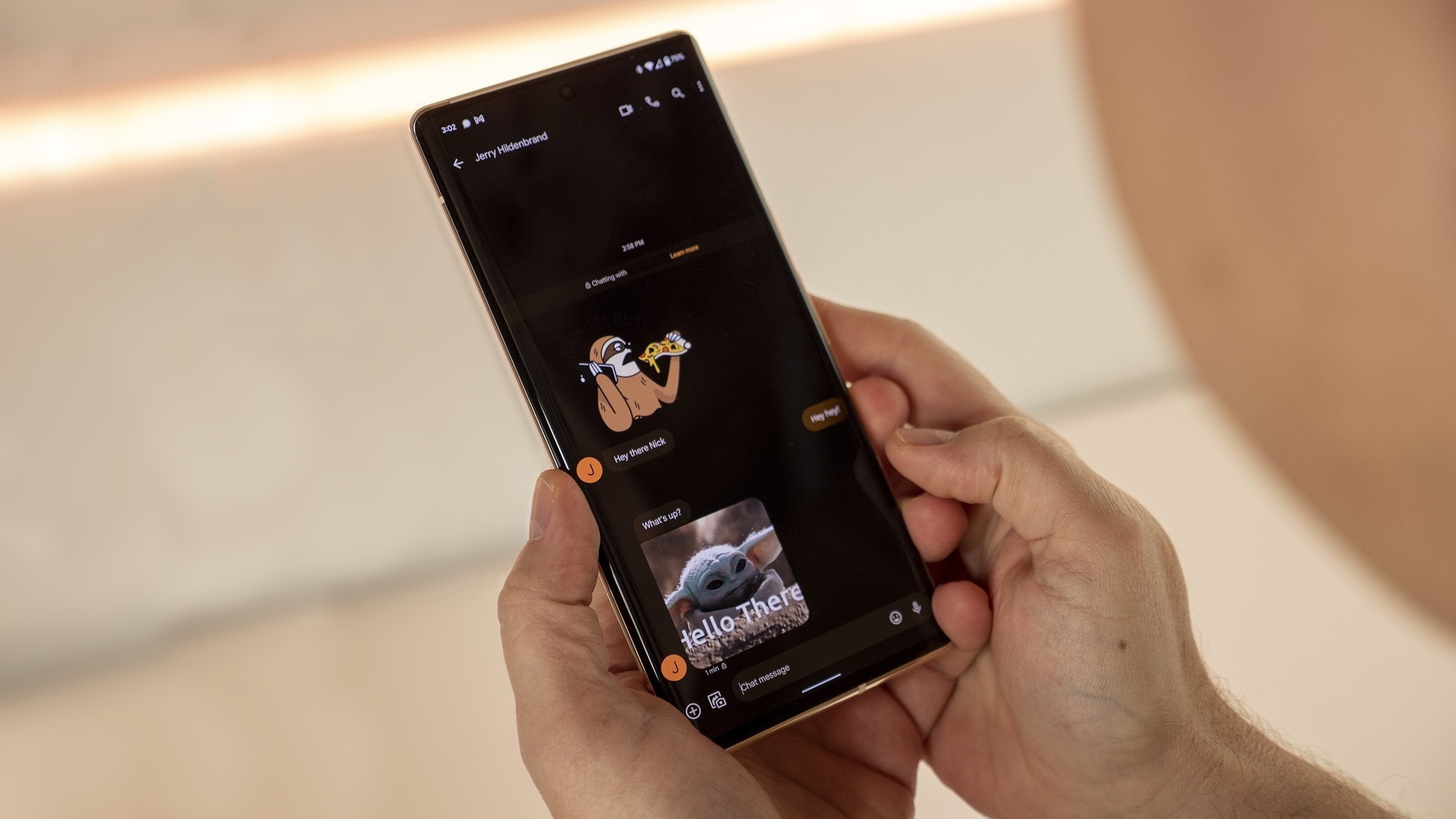
First on the list, we have RCS. You're probably using RCS on your Android phone right now, if you're using Google Messages or Samsung Messages; Google is even trying to bring RCS to Wear OS watches, making it the Android default across the board.
RCS is short for "Rich Communication Suite," and it's essentially an upgraded version of the SMS texting standard we've had since the 1980s. It was founded in 2007 by telecoms and then shepherded into its current form by GSMA — founder of the Mobile World Congress — which created an RCS steering committee to shape it into its current form.
Once RCS was fully viable as a messaging platform, Google essentially took over the RCS effort and coordinated with carriers to make sure it had widespread support, so that it could become the default for Android phones.
Get the latest news from Android Central, your trusted companion in the world of Android
But what is RCS, you ask? RCS looks and functions a lot like the texting you've had for years, but without character limits, carrier charges per message, multimedia restrictions, or a cellular restriction. It supports messages over Wi-Fi or cellular, allows read receipts and high-resolution file/picture sharing, and basic encryption that SMS lacks.
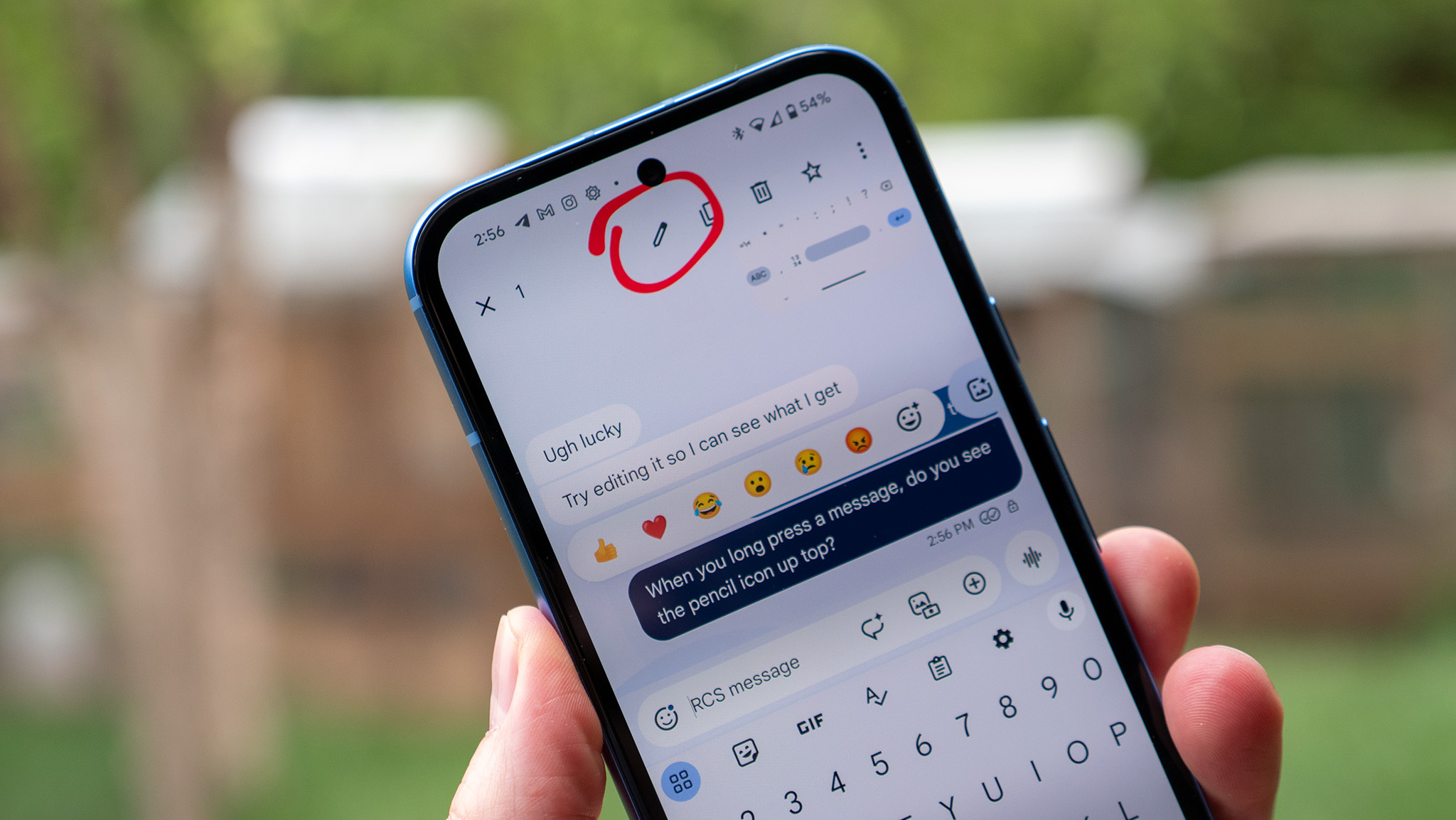
RCS encryption doesn't prevent your carrier from reading your messages or holding onto your attachments. The Google Messages app does have reliable end-to-end encryption, adding a massive layer of security SMS just can't compete with. But other RCS-compliant apps will or won't support proper encryption on a case-by-case basis; iMessage, for example, doesn't support RCS encryption.
RCS features will automatically kick in if you message someone who has it enabled on their end, but you get kicked back to regular SMS texting if they don't. Getting RCS set up on an Android phone is pretty simple for someone who hasn't done it yet, but extra work still needs to be done for that to happen.
All Android phones support RCS Universal Profile (RCS UP), and iPhones running iOS 18 optionally support RCS. Your carrier must support RCS to take advantage of it, but nearly every U.S. or European carrier does. In other parts of the world, more users depend on third-party apps like WhatsApp, so the RCS vs. iMessage wars barely affected them.
SMS: The old universal standard
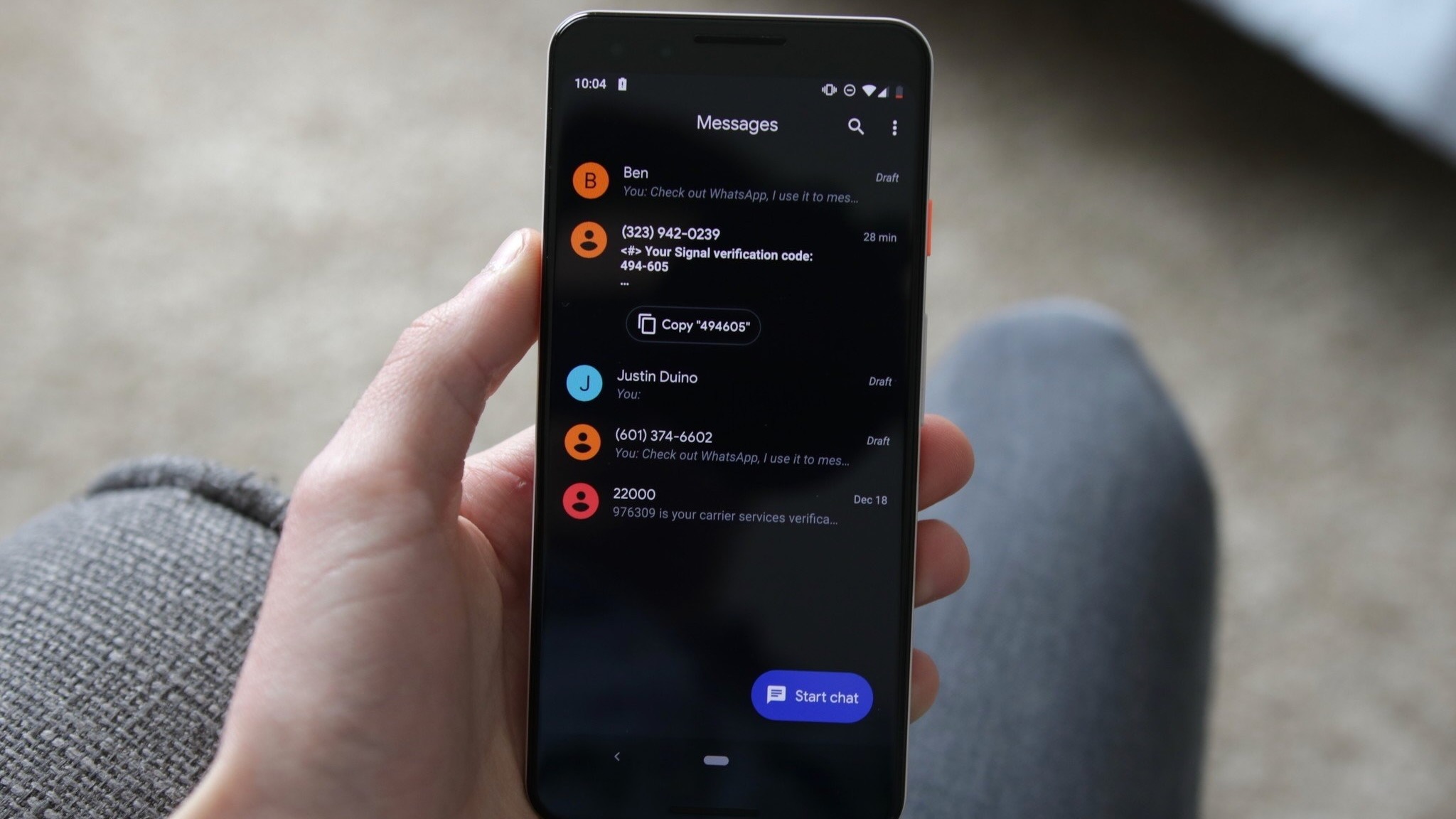
SMS remains the default standard for text messaging if RCS isn't enabled. It works on Android and iOS and likely won't be going anywhere anytime soon as a basic backup. That universal ease of use is the most significant advantage SMS texting still enjoys, but from any other angle, SMS is really showing its age.
For starters, SMS virtually has no added features outside of the basic texting experience. So you can't see when someone reads your message, and you need to rely on your cellular connection to send/receive messages. What's more, file sharing over SMS is limited to 3.5MB resulting in much lower-resolution images and videos.
An even bigger concern is SMS's inadequate security. SMS text messages can be easily intercepted if someone wants to access your messages badly enough, meaning you should think twice before sending private information to someone using it. Outside of possibly being intercepted by bad actors, there's also the fact that SMS messages are stored by carriers and can be used how they see fit. When messaging someone over RCS through the Google Messages app, you don't have to worry about these privacy concerns.
It's no secret that SMS is considerably less capable than RCS or iMessage, but the fact remains that its ubiquity is still unmatched. If you have someone's number, you can send them a text and know they'll receive it — there's no fussing with enabling certain settings or making sure you have the right app installed. Until RCS can address that, SMS will always have the upper hand in this regard.
iMessage: Apple's messaging giant

And, of course, we have iMessage — Apple's messaging service that's dominated iPhones since its release in 2011. iMessage is similar to RCS because it offers an enriched messaging experience compared to SMS, but unlike RCS, using iMessage is as simple as possible.
If you have an iPhone and message someone else with an iPhone, you're talking to them over iMessage. This is immediately apparent by the blue chat bubbles you see in your iMessage conversations, and even better, you don't have to enable a setting or toggle for iMessage to work. If you message a non-iMessage number through the iPhone's Messages app, you'll use standard SMS texting, denoted by green chat bubbles instead of blue ones.
Like RCS with Google Messages, iMessage conversations are secured with end-to-end encryption. Whether you're sharing the latest memes or having a serious chat with your friend, you can rest assured that no one — not even Apple or your carrier — is seeing your conversation. iMessage has its fair share of features to offer, too, including:
- Messaging over Wi-Fi/data
- Read receipts
- Typing indicators
- High-quality image sharing
- Message reactions and replies
- Message effects
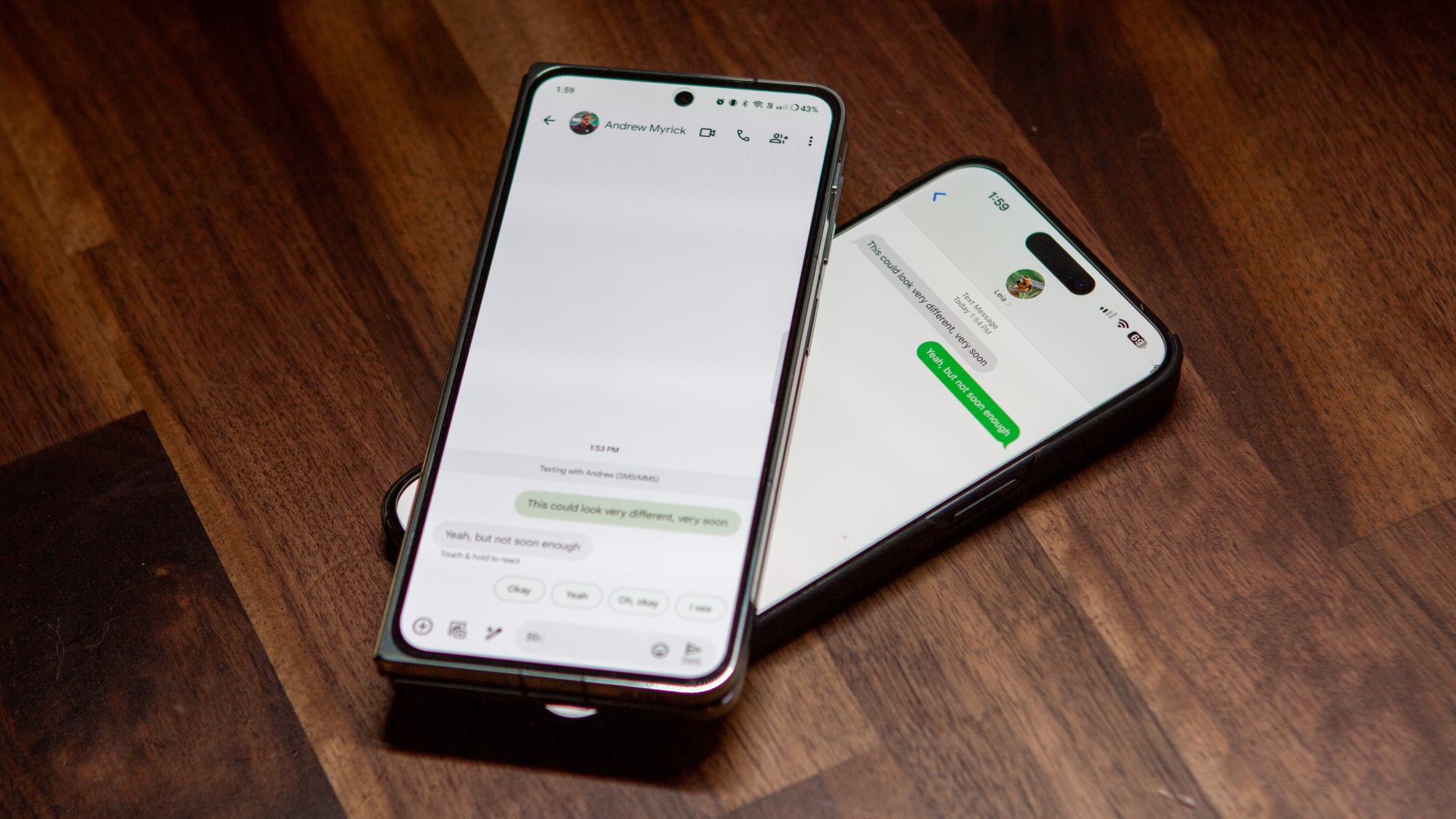
The popularity of iMessage is impossible to ignore, but of course, it all comes with one major catch: iMessage isn't officially available for Android, by design.
Apple considered making iMessage available on Android at one point but chose not to because its exclusivity helps keep people on iOS. An app called Beeper managed to enable iMessage on Android with a workaround, only for it to get yanked off the Play Store, forcing Beeper to abandon the unauthorized integration for good. Apple just doesn't want iMessage on anything except Apple devices.
For years, Android users have dealt with the stigma of their "green bubble" messages. Because of the lack of RCS/ iMessage integration, any Android-based messages had SMS restrictions like low-res photos, and plenty of folks felt pressure to switch to iOS just to get iMessage.
But two years after Tim Cook said RCS wouldn't come to iPhones, Apple finally added support on iOS 18. You'll find the toggle in Settings under Apps > Messages > RCS Messaging, though it appears to be on by default after the update.
Despite all the pressure from Google to enable RCS, we believe Apple made this choice to appease China, which will require RCS support on 5G phone sales in its country — and Apple sells a lot of iPhones there. Its version of RCS support doesn't include encryption, however, meaning messages between iMessage and RCS devices aren't as secure as they should be.
iMessage and RCS each have their own unique quirks and upsides that may or may not translate if you're messaging cross-platform — and Android users will still have the dreaded green bubbles. But now there won't be as many lost-in-translation issues between RCS and iMessage anymore.
The current state of texting
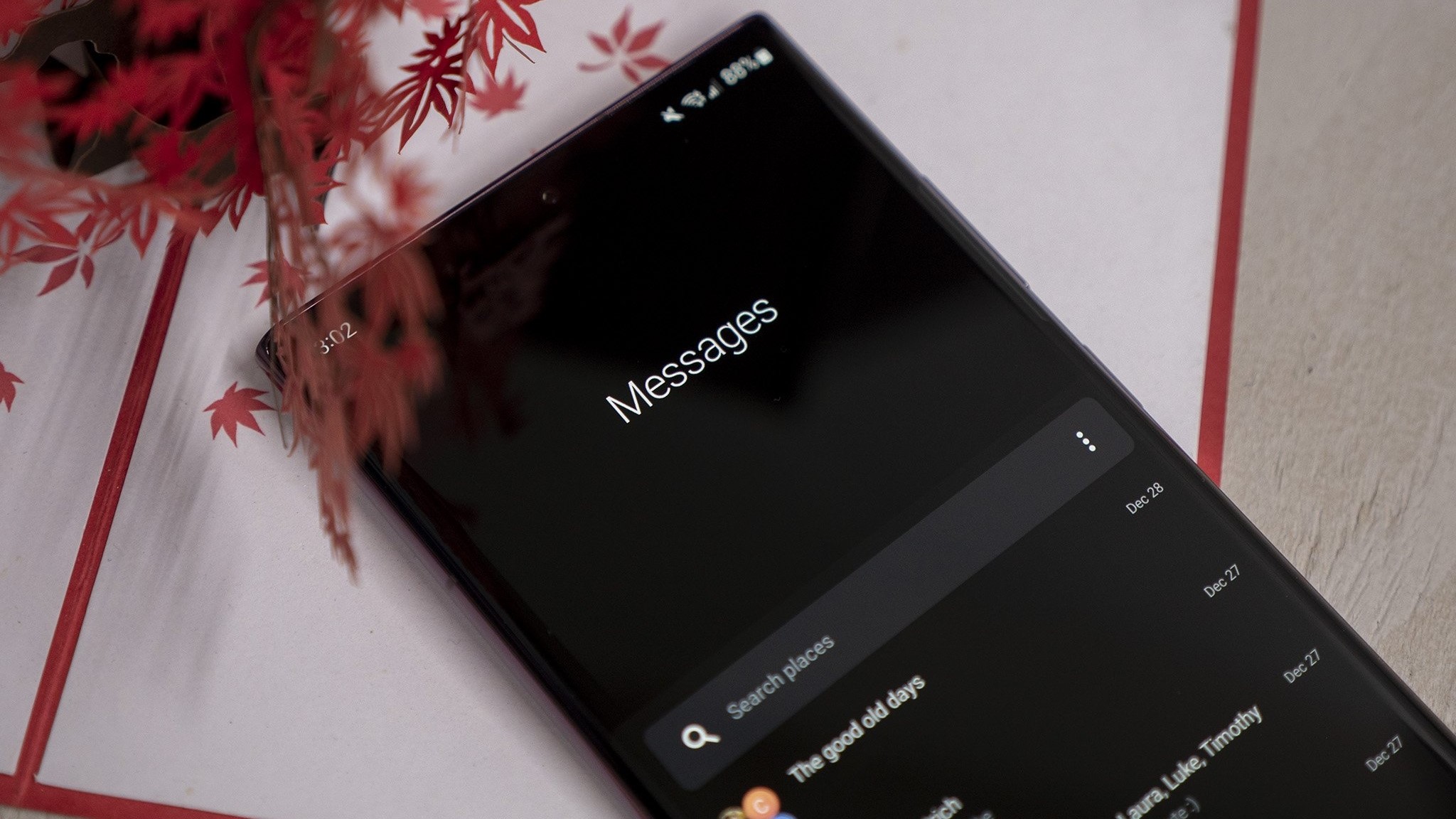
While this article is labeled as a versus comparison between RCS, SMS, and iMessage, declaring one the sole winner over the others doesn't really make sense. That is, SMS is the obvious loser, but it's not going anywhere as a safe backup option; otherwise, RCS and iMessage have reached a detente in 2024 but still have issues to work out.
GSMA, the main RCS development org, announced that the "next major milestone" for RCS after the iOS 18 integration "is for the RCS Universal Profile to add important user protections such as interoperable end-to-end encryption." To do so, they'll need to tackle "significant technical challenges such as key federation and cryptographically-enforced group membership."
Specific to RCS, Google Messages began to add dual SIM support for RCS in November 2024. Google also promised earlier this year that RCS will add 911 texting support "this winter," so we can hope it'll arrive soon. Basically, RCS and Google Messages are now closely integrated, and we'll have to hope that Google continues to support it with new features and tools.
RCS, SMS, and iMessage all have their place today.
Apple Messages will continue to be the default messaging tool for plenty of iPhone users, as Apple continues to add new features of its own. Aside from RCS support, iOS 18 added a Send Later function, new tapbacks, satellite messaging, and (in the future) smart replies with Apple Intelligence.
We won't be at all surprised if the current AI craze infects RCS and other messaging apps in the near future, with functions for cleaning up your meaning or translating to other languages. But the core of RCS and iMessage will remain unchanged, and SMS will obviously remain the same as ever.
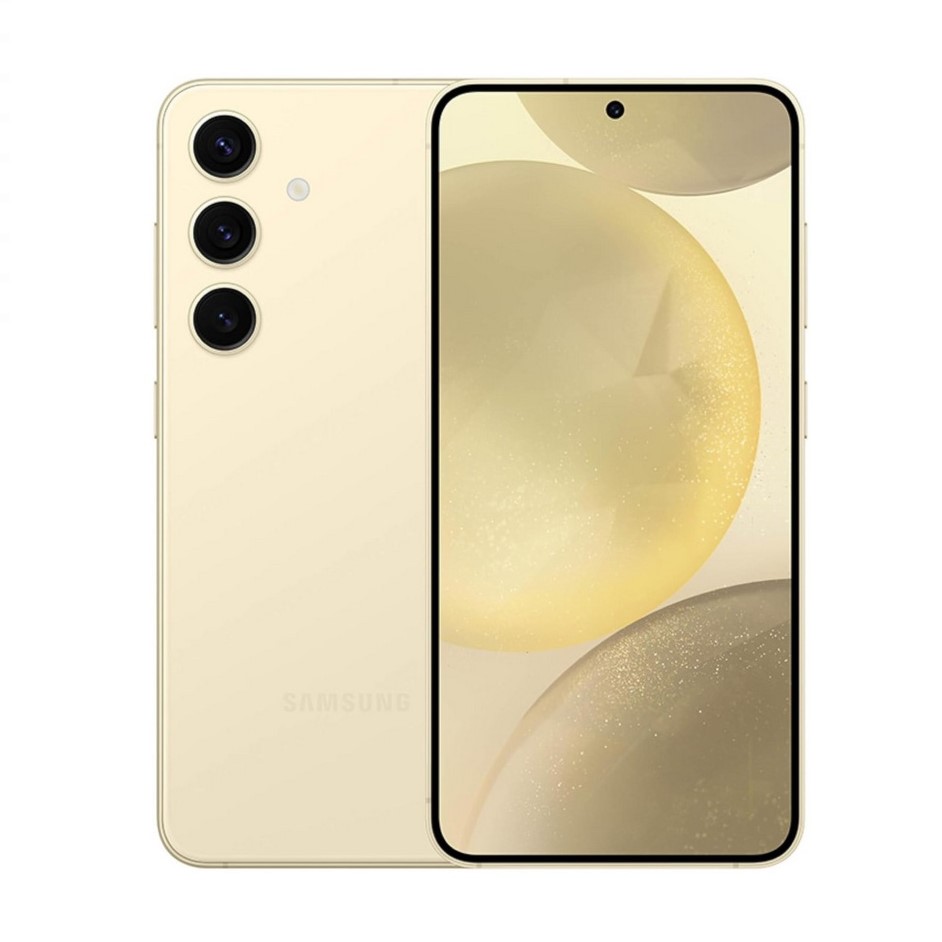
RCS-ready
One of the best Android phones of the year, the Samsung Galaxy S24 has a 6.2-inch AMOLED 120Hz display, excellent cameras, and powerful Snapdragon performance. If you're looking for a compact, affordable Android phone, this is a great place to start; and thanks to the new RCS/iOS integration, you won't have to worry as much about green-bubble bullying with your iPhone-using friends.

Joe Maring was a Senior Editor for Android Central between 2017 and 2021. You can reach him on Twitter at @JoeMaring1.
- Michael L HicksSenior Editor, Wearables & AR/VR
